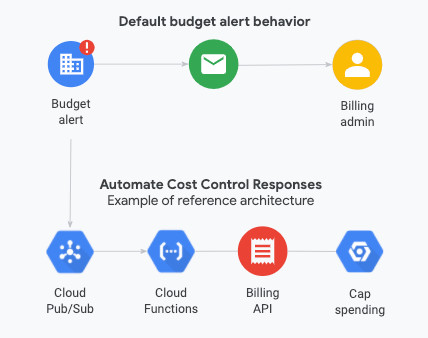
All the ways to scrape Prometheus metrics in Google Cloud
Production systems are being monitored for reliability and performance tracking to say the least. Monitored metrics ‒ a set of measurements that are related to a specific attribute of a system being monitored, are first captured in the executing code of the system and then are ingested to the monitoring backend. The selection of the backend often dictates the methods(s) of ingestion. If you run your workloads on Google Cloud and use self-managed Prometheus server and metric collection, this post will help you to reduce maintenance overhead and some billing costs by utilizing Google Cloud Managed Service for Prometheus for collecting and storing Prometheus metrics.





